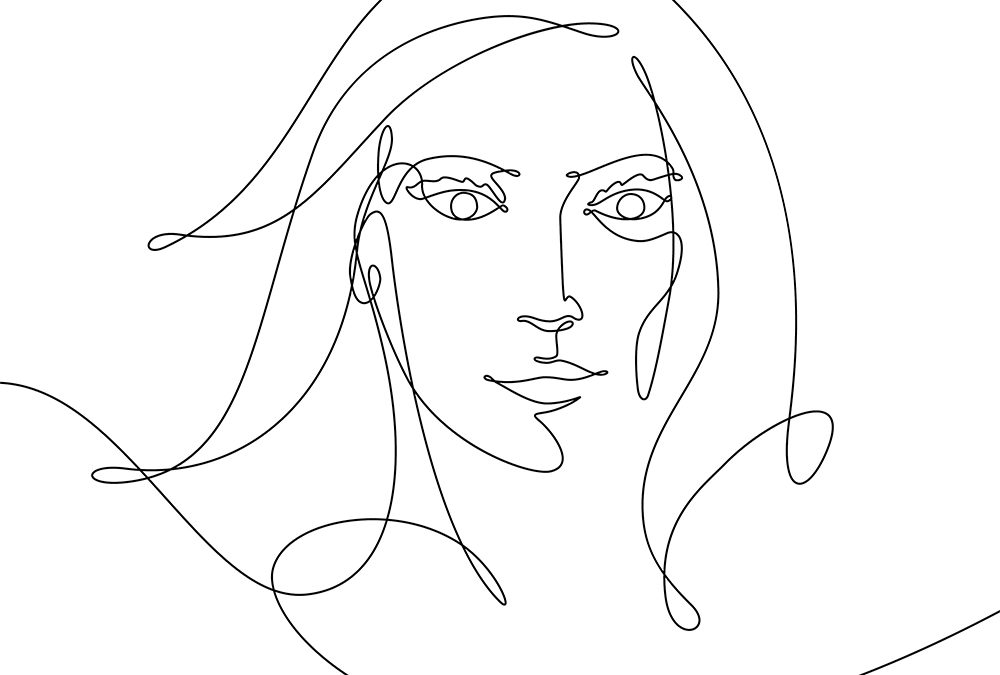Doodling, scribbling, sketching, drawing: the verbs of putting writing utensil to paper and creating. Drawing has long been associated with having social and emotional benefits. People who draw regularly display higher levels of creativity and increased emotional intelligence. Art therapy, a term coined in 1942 by British artist Adrian Hill,[1] has been used by therapists to help with emotional troubles, learning disabilities, and as a form of healing. But there is more to drawing than just the emotional benefits, as vast as they are.
Drawing allows our creative ideas to become physical. By sketching out what is in our heads, we are able to make it tangible; it is no longer floating around. This benefit is similar to what writers feel when they have that idea that they just need to put on paper to get started. A 2009 study out of the University of Plymouth in the United Kingdom found that people who doodled— that is, put visual ideas down on paper while listening to someone—had a 29% better recall of the information that they heard (study published in the Journal of Applied Cognitive Psychology).
Drawing used to be an integral part of the study of various sciences (think back to Leonardo da Vinci’s sketches or the drawings of Darwin’s finches). Obviously, recent advances in the ability to take a picture of something has changed the scientific need to draw, as drawing by hand is certainly more time consuming. However, the benefits that come from drawing far outweigh the convenience of taking a picture. Drawing and labeling the parts of an insect being studied increases the ability to remember. It also forces the artist to observe without bias, pay attention to the small details, and see things that frequently would otherwise have been missed.
Do these observation skills carry over to our emotional intelligence? Probably. We know that there are emotional benefits to art and drawing, and it would seem appropriate to conclude that being able to approach the world in an unbiased manner and observe the whole picture would almost certainly help us see society more completely. So maybe drawing isn’t just an art form, or a means of spending our time while listening to a boring lecture. Maybe it isn’t just the verb of putting writing utensil to paper and creating. Maybe it’s the verb of self-healing, growing emotional intelligence, and jotting in our heads.
__________
[1] Hogan, S. (2001). Healing arts: The history of art therapy. London: Jessica Kingsley. p. 135.






